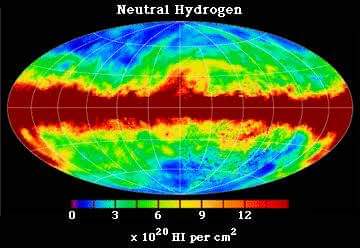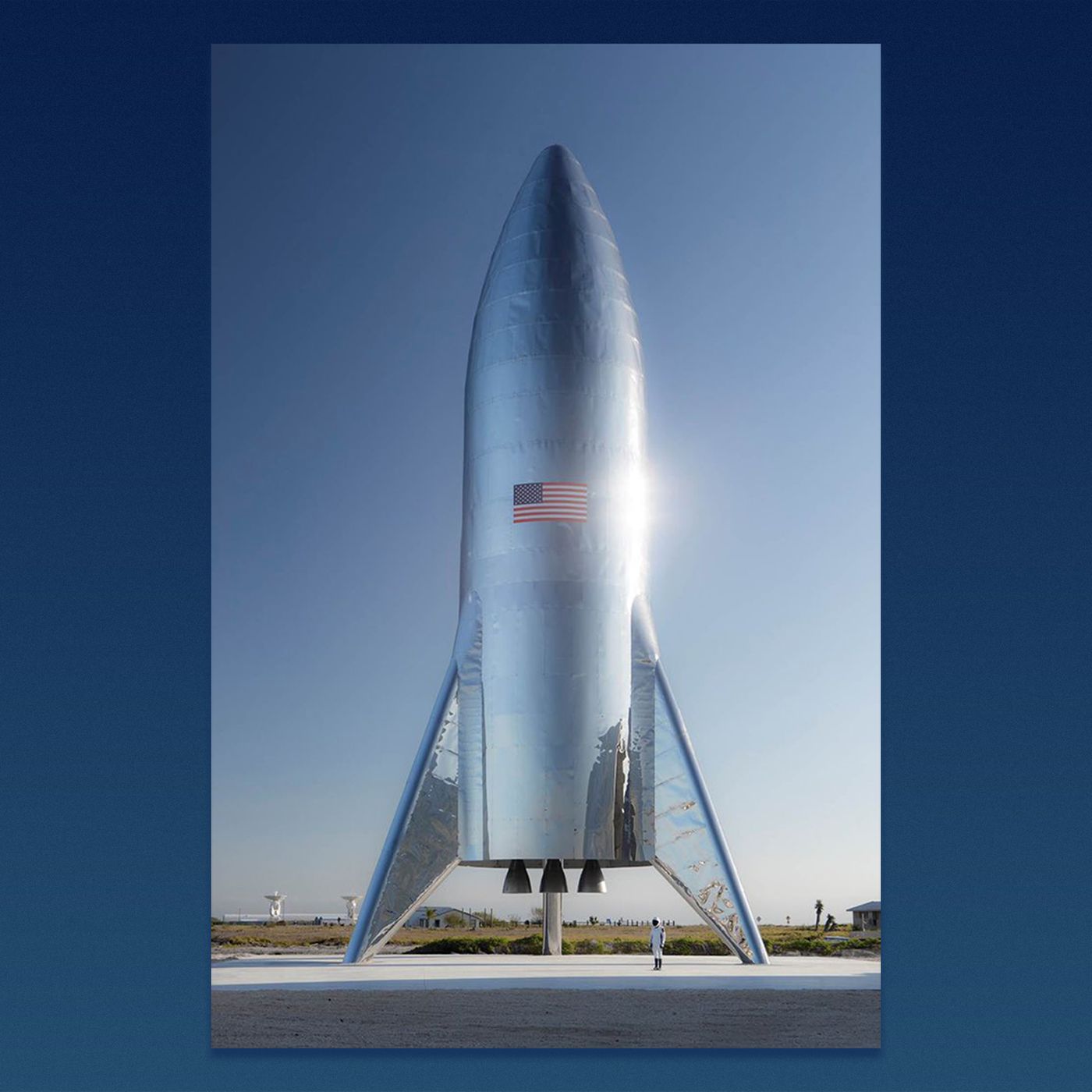The Solar System, in which the planet Earth. The only place in the universe where we can now say for sure that there is life.
It is this thought that touches the depths of human curiosity that mainly motivates us to discover the planets outside the solar system.
One of man’s primitive curiosities is whether life exists elsewhere. Many thinkers and scientists have disputed this, and theories and conclusions have been drawn. In the 1960s, the American researcher Frank Drake formulated a mathematical equation. Equation for calculating the presence of life in the universe. According to Drake’s equation, life is likely to exist in millions of places in our galaxy, the Milky Way alone!

Remember, the Milky Way is a typical galaxy with tens of billions to 40 billion stars. It is estimated that there are more than 14 billion galaxies in the universe. Then, according to Drake’s equation, the number of places in the universe where life is likely to exist is astonishingly large. Even so, owning one is still beyond the reach of the average person.
This is a depressing situation. The antidote to this is to find planets outside the Solar System and study whether they have the conditions to sustain life. Although the scientific community has been trying to do this for a long time, it has not been long since the first planets were identified outside the Solar System. Strictly speaking, last month marked the 25th anniversary of the discovery of the first planets outside the Solar System.

Polish-born Alex Wolston and Canadian Dale Freil were the first to identify two planets outside the Solar System. The two reported the discovery to the world on January 9, 1992, in a study published in the journal Nature. They were planets orbiting a pulsar (pulsar or rotating neutron star) 2300 light-years from Earth. Four times the mass of Earth. They were identified by observations made by the Ariziba Observatory in Puerto Rico.

In 1994, Wolston identified a third planet orbiting the same neutron star. This time the discovery was with a colleague named Message Konaki.
The distant planets received tragic names, such as PSR1257 + 12b, PSR1257 + 12c, and PSR1257 + 12d, following in the footsteps of that parent neutron star. It took two decades for such a name to come up. It took a naming contest. Finally, in 2015, the names of the first extraterrestrial planets outside the Solar System were given the names Draugr, Poltergeist, and Phobetor.
The problem with the aforementioned aliens is that they did not orbit a star like our Sun. Their parent star was a pulsar. It took until October 1995 to find an alien planet orbiting a star like the Sun. The alien, discovered by Michael Meyer and Didier Quellosam, was named ’51 Pegasi B ‘.
Although it was slow at first, then the story changed. Technology and monitoring tools have advanced. The number of identified aliens has increased dramatically. According to Wikipedia, man has so far identified 3560 planets outside the Solar System. 2331 of them are contributions of the Kepler Space Telescope launched by NASA in March 2009! It also includes things like the Earth-sized ‘Kepler-20F’. This means that Kepler did a real planetary hunt.

The mission of the Kepler Telescope was to identify Earth-like planets orbiting distant stars and to examine whether there is a sign of life on such planets. Kepler’s method of identifying planets is the ‘transit method’, which detects the planet’s presence by measuring the fluctuations in starlight as the planets move in front of distant stars at regular intervals.
In 2016, astronomers made a remarkable discovery in this area. The discovery was that there was an Earth-like planet orbiting the star Proxima Centauri near the Sun. The planet that is thought to have the potential to sustain life is named Proxima B. It is located just 4.2 light-years from the Sun.
‘From the beginning, there have been indications that planetary systems are common in distant stars. There may be planetary systems with very diverse structures. We can’t just think of the solar system with our knowledge of it, “said Alex Wallston, one of the first alien discoverers in an interview. If we look at the information we have already received about aliens, we can see that this is true.
After reading this, some may wonder, ‘Oh, have you identified more than 3,500 aliens in just 25 years?’ To the knowledge of such people, it is like saying, ‘I have not been beaten, I am just going to be beaten.’ New technologies are going to increase the momentum of things. Things will change drastically with the launch of NASA’s new generation ‘James Webb Space Telescope’ next year.
Scientists hope to identify more aliens in the next 25 years than in the last 25 years. That ultimate hope of the existence of life on such a planet may also come true. Anyway, let’s wait.




Recent Comments